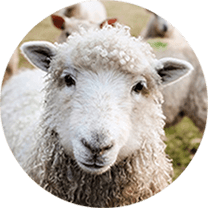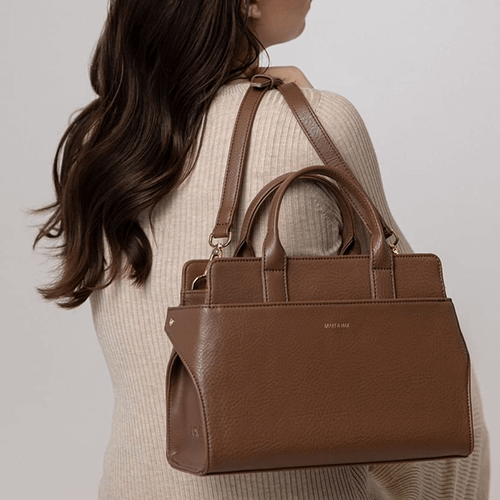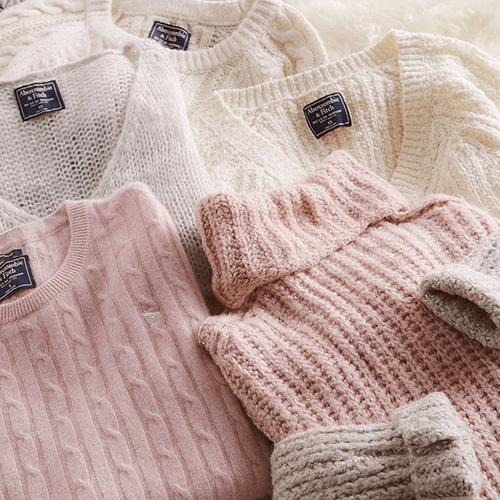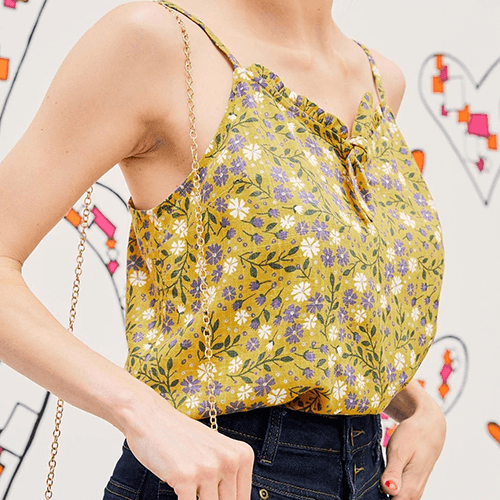HOW TO WEAR
VEGAN
Humans may differ in appearance from cows, sheep, and other animals killed for clothing, but we're alike in all the ways that matter most. We all think and feel; experience pain, fear, love, and joy; and, most importantly, share a desire to live. Speciesism—like any form of discrimination—is an oppressive belief system that allows humans to reduce other living, feeling beings to fur on a jacket, a pair of sneakers, or a handbag.
When we shop, we have the power through our purchases to reject speciesism by choosing clothing and accessories made from vegan materials. Wearing vegan allows us to respect other animals as individuals who have as much interest in freedom and staying alive as we do.
Animals are not objects that belong to us—they're individuals with their own interests, just like us.
Shopping for vegan clothing, shoes, and accessories is super-easy. We'll show you what to wear, where to find your next vegan outfit, and which materials to avoid and why.
Check the Label
The label in shoes is often printed inside toward the heel or under the tongue. On garments, look for the label inside the item's neck or waistband or near the bottom.
For all the hottest tips and tricks for keeping your vegan outfits on point, visit PETA Living. »
Tips for Identifying Vegan Items
Check the Price
Vegan clothing and accessories are often more affordable than those made with animal-derived materials, but be sure to read the label, too.
Search for Answers
If all else fails, whip out your smart phone and use this guide or a search engine to find answers.
Top Retailers and Brands
Many of the biggest names in fashion offer vegan apparel to suit every style. Here are just a few brands offering vegan items for the most fashion-forward looks:
Remember: Not all the products offered by these companies are necessarily vegan, so always check the labels.
More Ways to Shop Vegan
Look for companies that use our "PETA-Approved Vegan" logo to identify their animal-friendly clothing and accessories. The PETA Mall features companies that support our vital work for animals, including many fashion and accessory brands. And if you're looking for animal rights clothing and accessories, check out the PETA Shop. Vegan fashion is just a click away:

More materials made or derived from animals:
Alpaca • camel hair • fleece • kangaroo skin • Karakul lamb fur • pashmina • shahtoosh • suede • vicuña

You're on your way to a chic, cruelty-free lifestyle
Stay on trend with PETA Living News
PETA Living News is your weekly source for vegan fashion tips, contests, coupons, and more.
Going vegan means celebrating animals by not wearing them, not using products tested on them, and eating delicious meals that are free of animal products. If you haven't yet made the compassionate decision to go vegan, we have a handy guide that will show you how easy it is to go vegan in just three simple steps.








